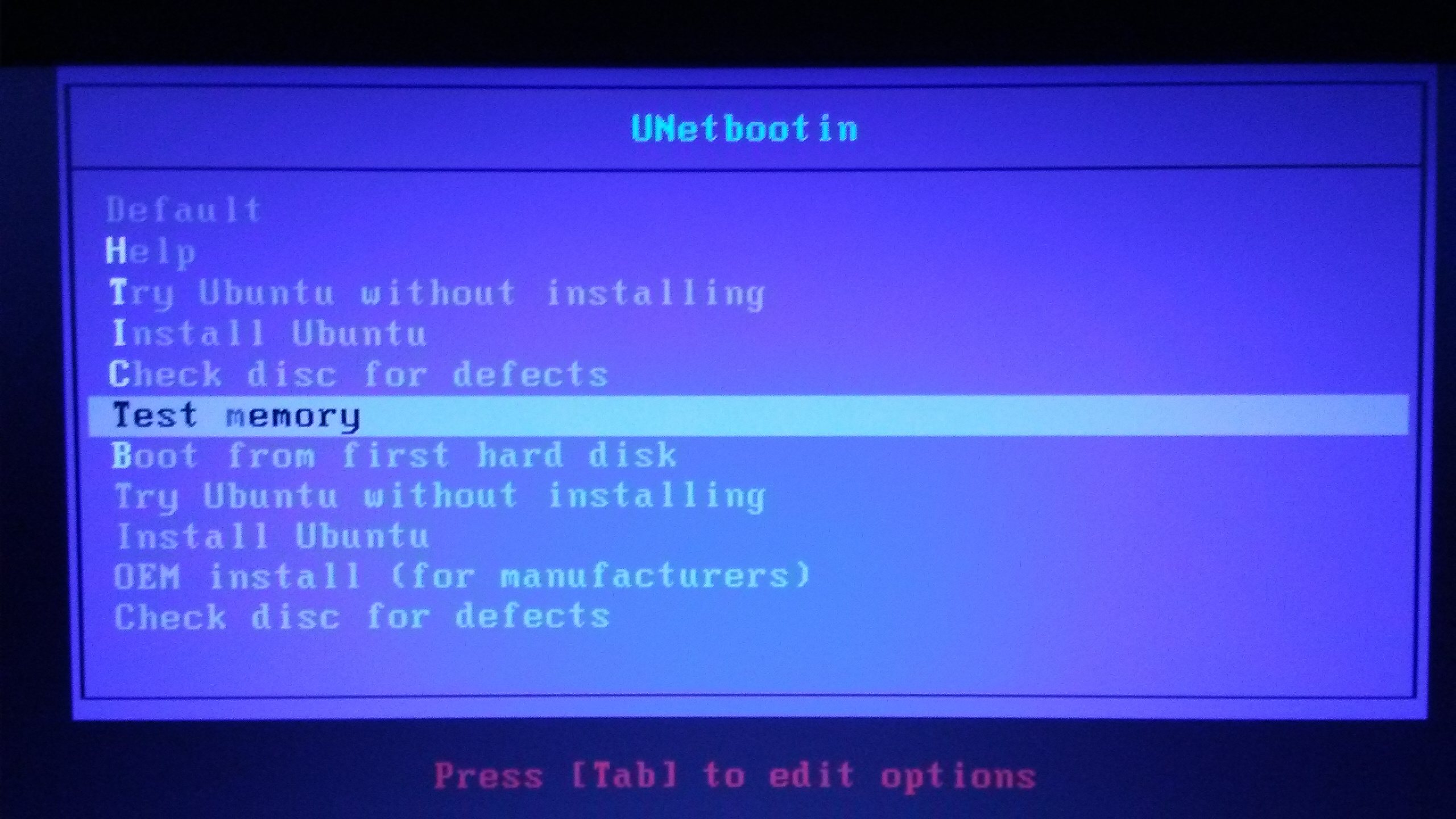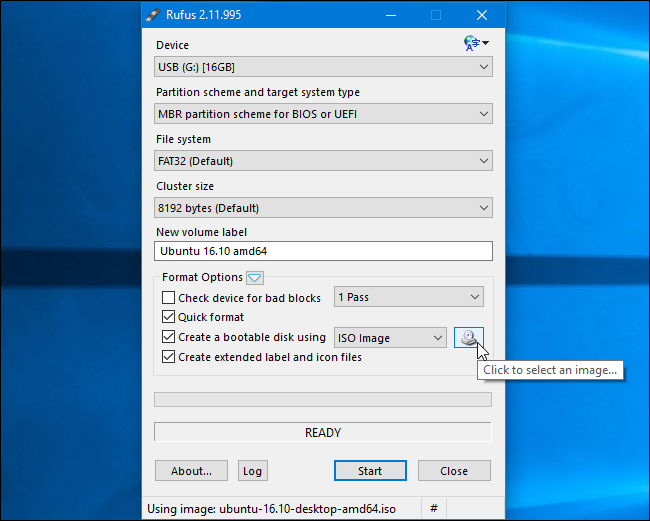

- #INSTALL UBUNTU FROM USB WHEN SYSTEM WILL NOT BOOT USB HOW TO#
- #INSTALL UBUNTU FROM USB WHEN SYSTEM WILL NOT BOOT USB 1080P#
- #INSTALL UBUNTU FROM USB WHEN SYSTEM WILL NOT BOOT USB APK#
- #INSTALL UBUNTU FROM USB WHEN SYSTEM WILL NOT BOOT USB INSTALL#
I created a boot disk on a USB flash drive using Ubuntu's Startup Disk Creator and tried yet again to boot from it.
#INSTALL UBUNTU FROM USB WHEN SYSTEM WILL NOT BOOT USB INSTALL#
So I decided to just do a fresh install of 13.04 beta 2. Now, if you've read any of my other posts, you know I've had some problems with this installation. I was able to use the Win 8 bootloader (hold shift while restarting Win 8) to boot from USB and install Ubuntu. When I first installed Ubuntu, I tried to boot directly from USB to do a clean install but I couldn't get it to work (I'll explain why below) so I gave up and found another solution.

It originally came with Win 8 but I installed Ubuntu 13.04 on it.
#INSTALL UBUNTU FROM USB WHEN SYSTEM WILL NOT BOOT USB 1080P#
If you experience problems booting the CF card even after checking BIOS settings, you may need to use an older card.Īlso, many CF card readers don't support DMA correctly, so you may need to add nodma to the append line of the syslinux.cfg file.I have a new XPS 13 (元22x) with the 1080p screen. Some CF card readers have problems with the faster CF cards on the market. X stands for the amount of seconds kernel will wait before looking for the installation media.Īppend initrd=/boot/grsec.gz alpine_dev=usbdisk:vfat modules=loop,cramfs,sd-mod,usb-storage quiet waitusb=3 Specifying the 'waitusb=X' option at the end of the syslinux.cfg line might help with certain USB devices that take a bit longer to register. Now all the customization are saved into the compressed tarball on the USB stick itself.
#INSTALL UBUNTU FROM USB WHEN SYSTEM WILL NOT BOOT USB APK#
Which disk(s) would you like to use? (or '?' for help or 'none') Įnter where to store configs ('floppy', 'sdU1', 'usb' or 'none') :Įnter apk cache directory (or '?' or 'none') :Īfter the installer finished you can see how many created/modified files are detected and will be added to the backup:


our bootable media files is basically untouched) and we are going to use sdU1 to hold our system customization. Now run setup-alpine and proceed until a question about local disk selection - in diskless mode we won't use any disk (ie. Copy and paste the following as a single command to wipe the target drive, create an MBR partition table, and create a single FAT32 partition (you can ignore any "Partition #1 contains a vfat signature." warning message):įdisk -w always $mydev /media/sdU1/cache.Make sure that the target drive's existing partitions, if any, are not mounted:.Warning: BE SURE TO GET THIS RIGHT OR ELSE YOU COULD OVERWRITE THE WRONG DISK! Set the environment variable 'mydev' to the device file name of the USB stick that Alpine Linux is to be installed to:.
#INSTALL UBUNTU FROM USB WHEN SYSTEM WILL NOT BOOT USB HOW TO#
(If you're not currently using Alpine Linux then you probably have these installed already, otherwise you'll have to figure out how to install them.) This method is written for copying files from an Alpine ISO file but also works for Alpine tarballs (.tar.gz files) with a one line tweak (see below). If you can't/won't use setup-bootable, you can manually create a customizable (writable) USB boot device instead.Ĭopying ISO/tarball contents to a USB stick It consists an Installation of a diskless or data mode system with configs and package cache on the target device, and using the setup-bootable script to make the device bootable. This is now the preferable method to create a directly customizable bootable device.


 0 kommentar(er)
0 kommentar(er)
